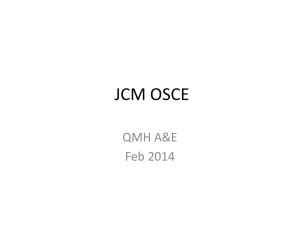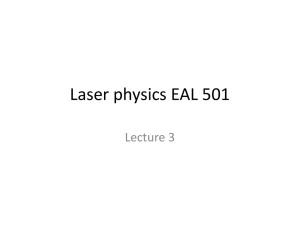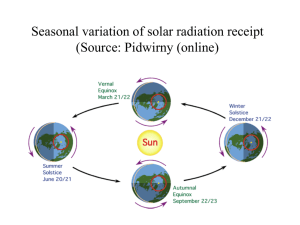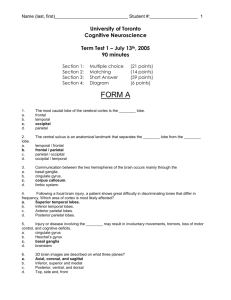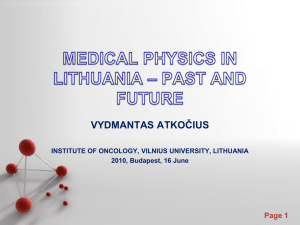Radiology Modalities ppt - Logan Radiology
advertisement
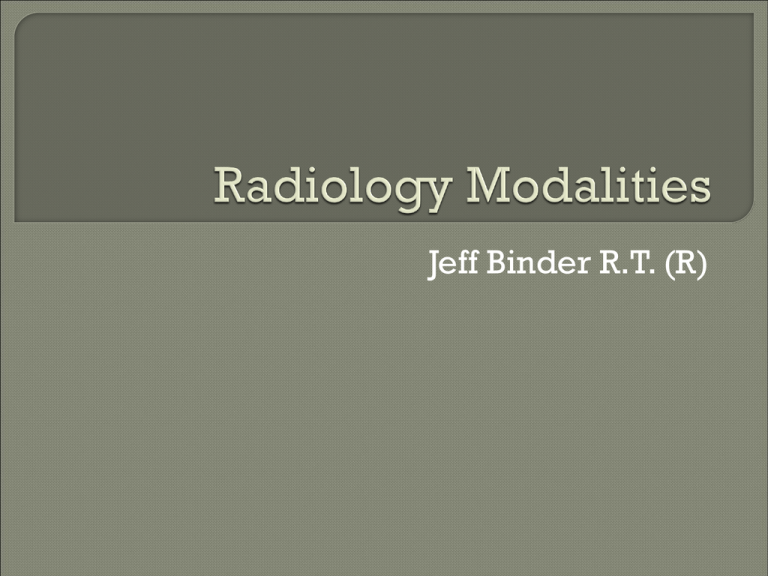
Jeff Binder R.T. (R) STRENGTHS WEAKNESSES Readily available Low cost Well known uses Best line pair performance False negatives (fx) Ionizing radiation Poor resolution Poor soft tissue visualization Poor spacial localization C1/c2, c6/c7 hard to visualize Attenuating technology Rule out advanced imaging Introductory study Evaluates IVF well Not good for central canal stenosis Xray images taken in “sections” (slices) Blurs areas that are not of interest Similar strengths and weaknesses as plain film Attenuating technology Xray images taken of spinal cord after radiopaque contrast is injected When used with CT it is the best tool to visualize central canal stenosis Dr. looks for displacement of contrast on xray Attenuating technology Headache (most common) Infections Arterial bleeding Arachnoiditis First contrast used was air Technetium 99 radio isotope used Emission technology (from the patient) “hot spots” on scan are osteoblastic activity SPECT: Single Photon Emission Computerized Tomography Phosphate used as carrier molecule PET: Positron Emission Tomography Glucose used as carrier molecule Attenuating technology Computer generated pictures Hounsfield Units Pixels and voxels Volume averaging used Slice thickness scout films used STRENGTHS Widely available Improved soft tissue visualization 3d imaging Accurately measure a variety of structures Image manipulation possible (bone and soft tissue windowing) May be combined with myelogram for canal stenosis exam WEAKNESSES Ionizing radiation Higher cost Intracranial artifacts Artifacts secondary to metallic implants Radiation dose Sound waves used to form images No radiation Readily accessible Lower cost Interact with patient Emission technology (from the patient) Hydrogen molecules used for emission Cortex of bone=black • Due to lack of hydrogen (water molecules) Evaluates Physiology Spinal fracture Soft tissue injury Skeletal survey for metastasis Post traumatic complications Peripheral entrapment Central canal stenosis Intracranial abnormalities Vascular imaging (MRA first choice) Magnet (field) strength depicts image quality • 1.5 tesla magnetic minimum • Larger the magnet= better image quality RF coils are placed on or near the patient to excite the tissue Larmor equation • Frequency of procession= gyro magnetic ratio x strength of field White= high signal, Many H+ emitting signal Black= low signal, No H+ emitting signal Tr= Repetition time Te= echo time Cortex=black CSF=black Fat=white Tr= 200-600ms Te= 25ms Cortex=black CSF=white Tr= ~1500+ ms Te= 50+ ms BOLD: Blood Oxygen Level Dependant Physiology presented • Cortical activation • Retinotopic organization of the visual cortex • Cerebral basis for language • Mapping of the motor cortex • Memory • Studying psychiatric disorders Advantages over PET • No ionizing radiation, less expensive, widely available, studies can be frequently repeated Fake functional Computer tricks to make a study look like a motion study. Really a series of static images

